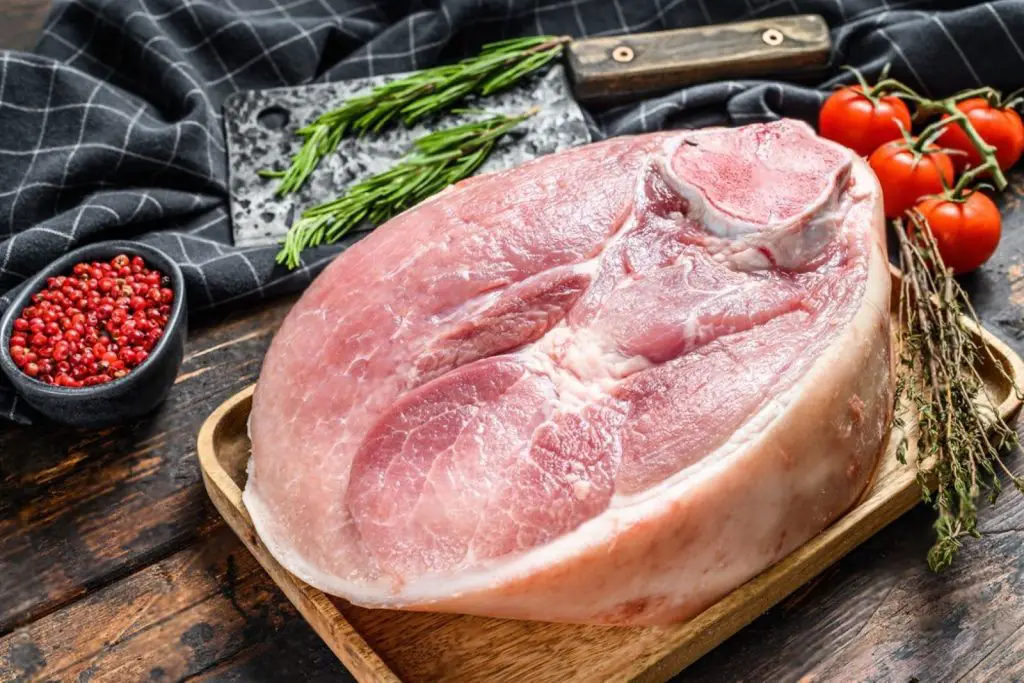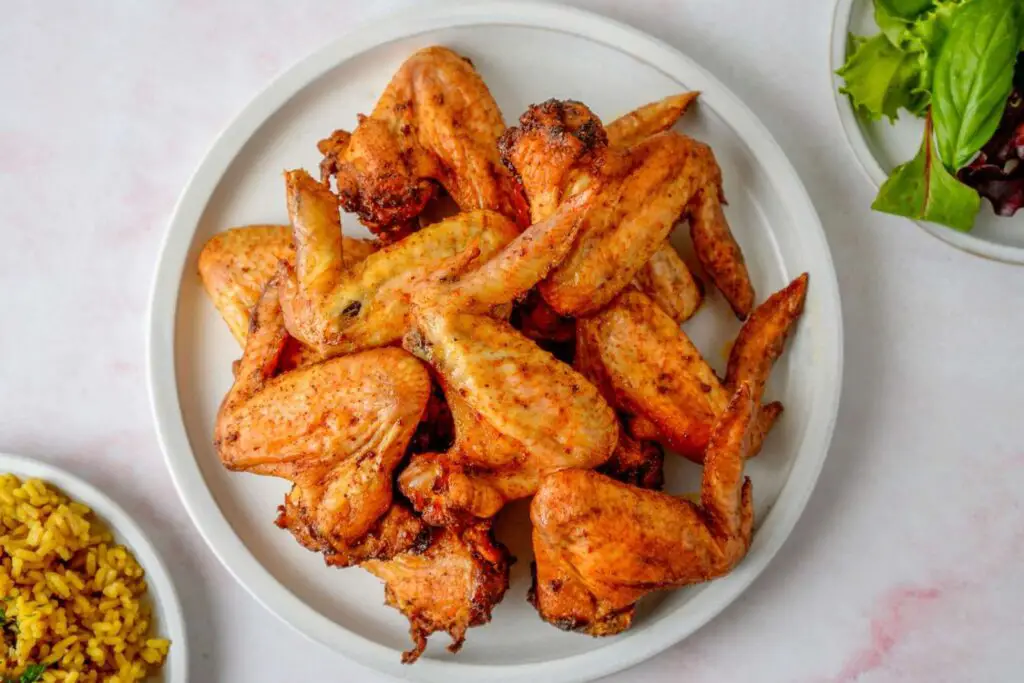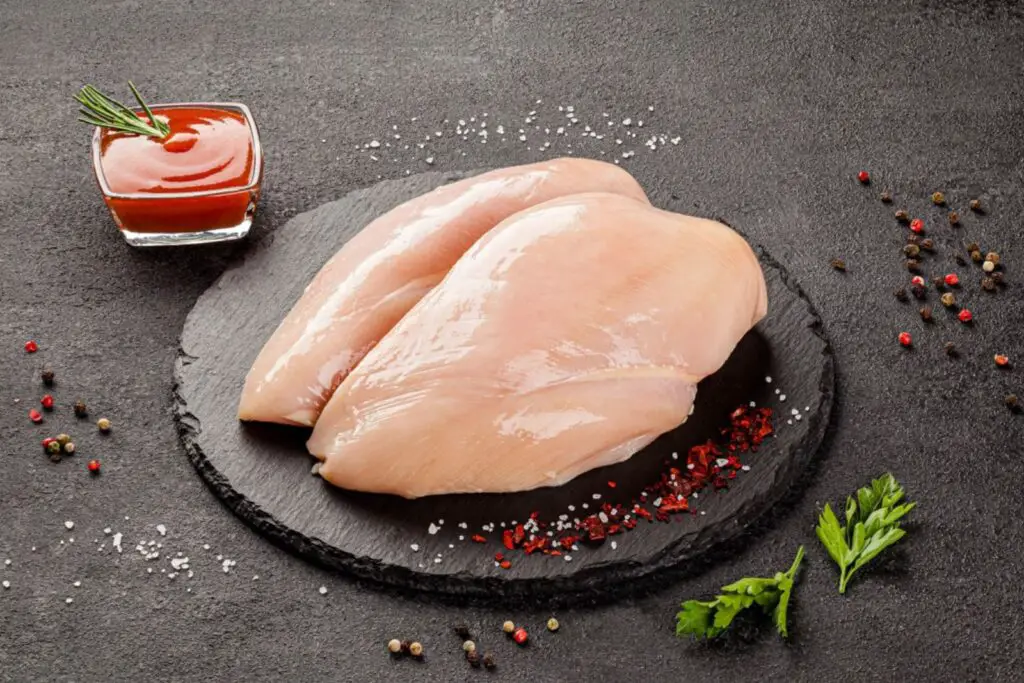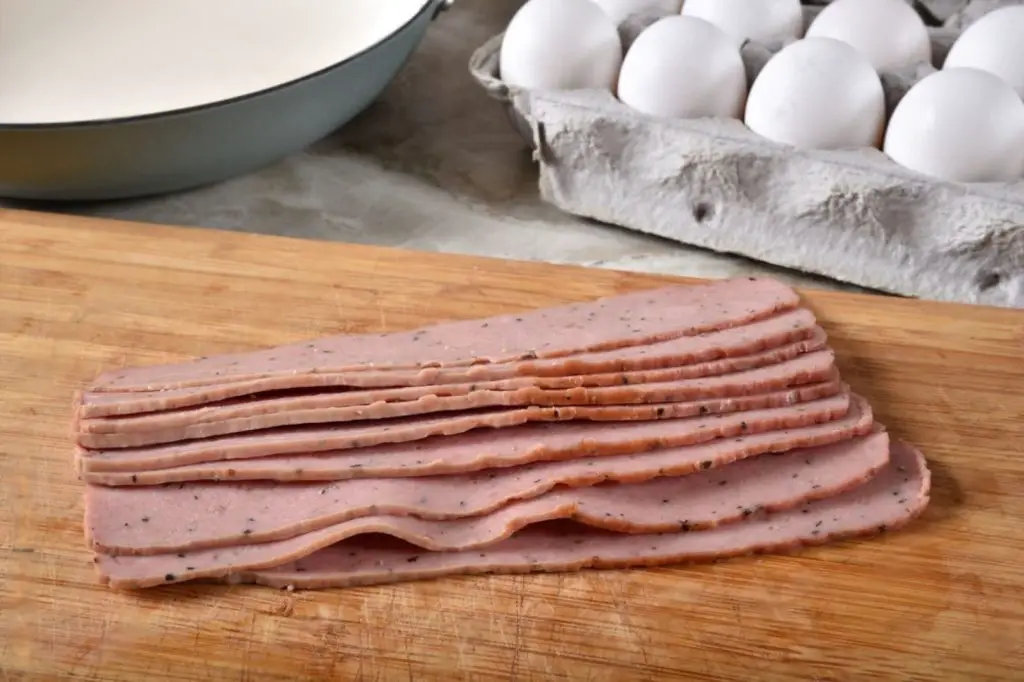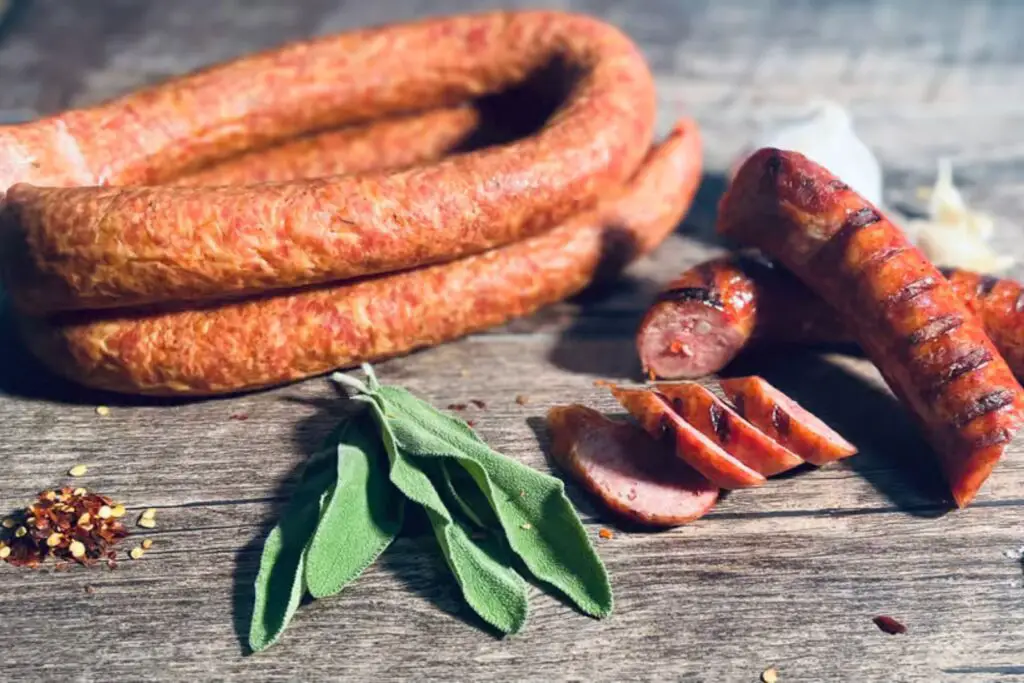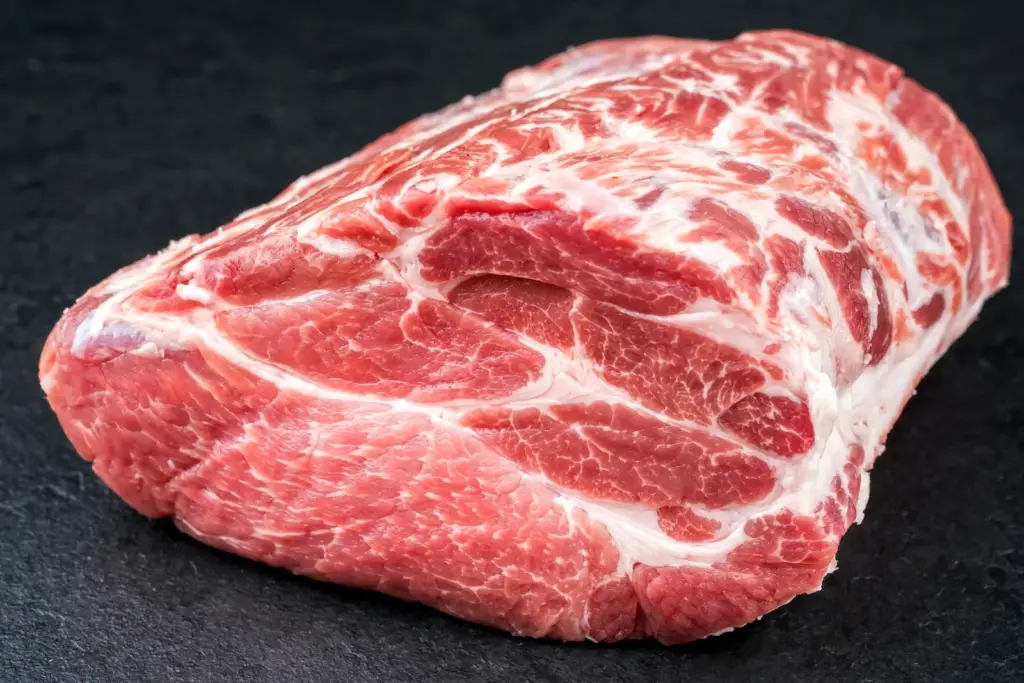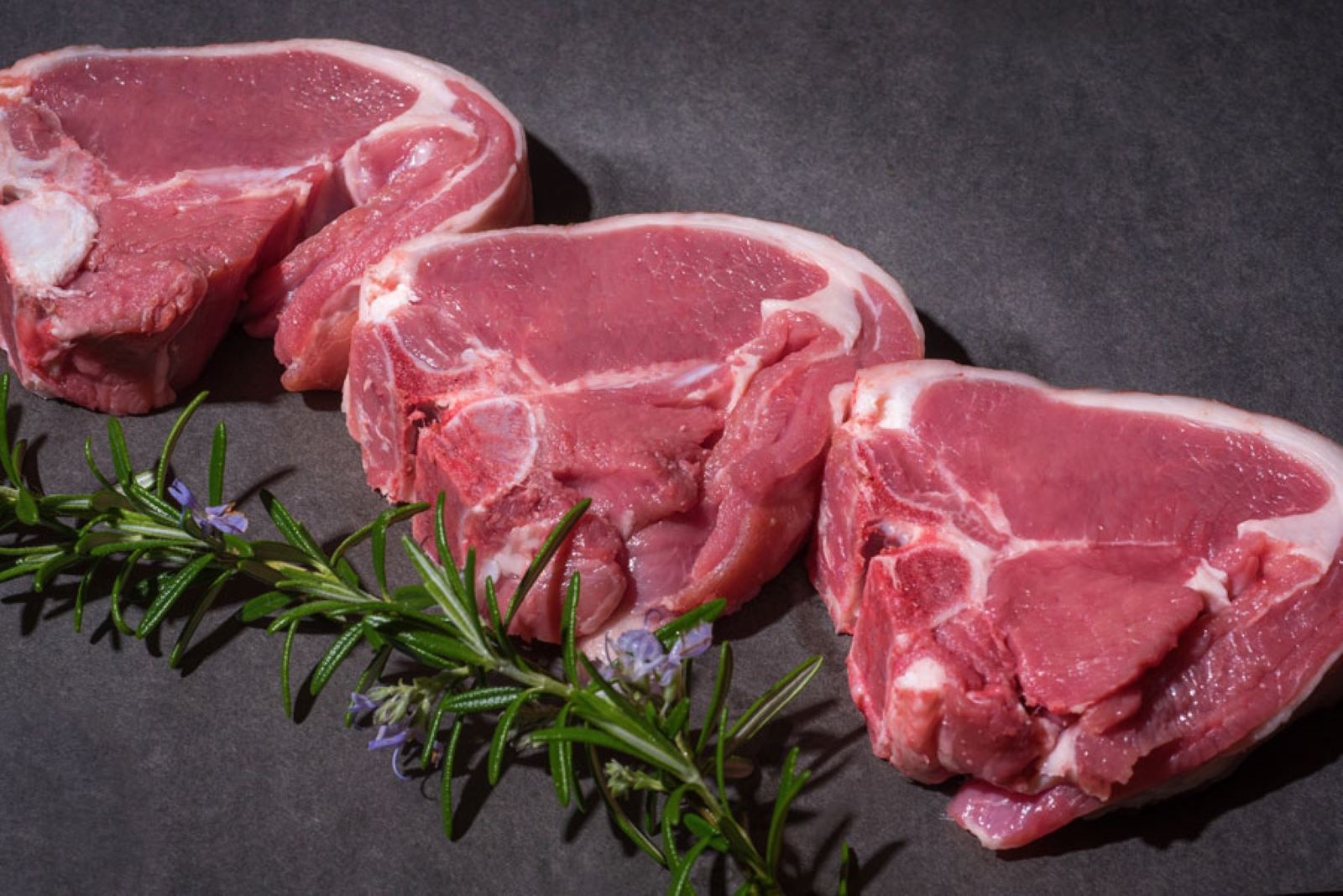
Lamb chops, a true delicacy known for their tender texture and rich flavor, are a delight to savor in various mouthwatering preparations. Whether you prefer them grilled to perfection, pan-seared with aromatic herbs, or marinated for a burst of savory goodness, their versatility makes them a favorite choice for special occasions or everyday meals alike. If you find yourself with an abundance of lamb chops or want to take advantage of a great deal at the butcher, freezing is an excellent method to preserve their succulence and ensure they remain readily available whenever you crave that exquisite lamb chop experience. In this guide, we will explore the best practices for freezing lamb chops, including pre-freezing preparations, suitable packaging methods, and essential tips for ensuring their optimal taste and texture when thawed and cooked. Join us as we embark on a journey to freezing lamb chops, unlocking the secret to preserving their culinary perfection and elevating your dining experiences to new heights, even in the comfort of your home.
Here are the simple steps to freeze lamb chops:
Step 1: Select the Best Lamb Chops
Selecting the best lamb chops is the crucial first step in ensuring that your frozen chops retain their flavor, texture, and overall quality. When choosing lamb chops for freezing, there are several key factors to consider:
- Color: Look for lamb chops with a vibrant red color. Fresh, high-quality chops tend to have a rich and deep hue. Avoid chops that appear dull or discolored, as this could be a sign of poor quality or age.
- Marbling: Check for visible marbling throughout the meat. Marbling refers to the small streaks of fat that are dispersed throughout the muscle. A good amount of marbling indicates tenderness and enhances the flavor of the chops when cooked.
- Texture: Gently press the lamb chops with your fingers. Fresh and high-quality chops should feel firm and spring back when pressed. Avoid chops that feel excessively soft or mushy, as they may not be as fresh.
- Expiration Date: Check the package or ask the butcher for the expiration date of the lamb chops. It’s essential to choose cuts that are not close to their expiration date, as fresher meat freezes better and maintains its taste and texture during freezing.
- Source: If possible, choose lamb chops from a reputable and trusted source. Buying from a reliable supplier or butcher can give you confidence in the quality and handling of the meat.
By selecting the best lamb chops, you lay the foundation for a delicious and enjoyable culinary experience once you decide to cook them. High-quality lamb chops freeze well and retain their tenderness and flavor, allowing you to savor the delectable taste of lamb even when it’s not in season. Whether you’re planning a special occasion or just looking to have a tasty meal on hand, starting with the finest lamb chops is a step that shouldn’t be overlooked.
Step 2: Prep and Trim the Chops
Once you’ve selected the best lamb chops, the next step is to prepare them for freezing. Properly prepping and trimming the chops not only ensures better freezing results but also helps maintain their taste and texture when it’s time to cook them. Here’s why this step is essential:
- Washing: Start by washing the lamb chops under cold running water. This helps remove any surface dirt, bacteria, or residue that may have accumulated during handling or packaging. Washing the chops is a standard food safety practice that minimizes the risk of contamination.
- Drying: After washing, pat the lamb chops dry with paper towels or a clean kitchen towel. Removing excess moisture is crucial because it prevents ice crystals from forming on the surface of the meat during freezing. Ice crystals can lead to freezer burn, which can negatively impact the flavor and texture of the chops.
- Trimming Excess Fat: Lamb chops often have a layer of fat around the edges. While fat adds flavor, too much fat can lead to unpleasant rancidity during freezing. Trimming off the excess fat before freezing helps prevent this issue. Use a sharp knife to carefully trim the fat, leaving a thin and even layer to enhance the taste of the chops during cooking.
- Uniform Shape: Trimming the lamb chops also helps to achieve a more uniform shape, which makes them easier to handle and store in the freezer. Uniformly shaped chops freeze more evenly and thaw consistently when you’re ready to cook them.
By prepping and trimming the lamb chops, you take important steps in ensuring their optimal quality during freezing and later cooking. This attention to detail helps preserve the natural flavor of the lamb and reduces the risk of freezer-related issues like freezer burn. Properly prepped lamb chops will maintain their succulence and tenderness, delivering a delightful dining experience when you’re ready to enjoy them.
Step 3: Wrap and Seal the Chops
After prepping and trimming the lamb chops, the next important step is to wrap and seal them individually. Proper wrapping and sealing are critical for maintaining the quality and integrity of the lamb chops during freezing. Here’s why this step is essential:
- Prevention of Freezer Burn: Freezer burn occurs when the surface of frozen food is exposed to air. As the moisture in the food evaporates, it forms ice crystals, leading to dry and discolored patches on the meat. By individually wrapping each lamb chop, you create a barrier that helps prevent air from coming into contact with the meat’s surface. This significantly reduces the risk of freezer burn and preserves the chops’ natural moisture and flavor.
- Avoiding Sticking Together: Lamb chops have a tendency to stick together when they come into direct contact in the freezer. Individually wrapping each chop helps prevent them from freezing together as a single solid mass. This ensures that you can easily remove just the number of chops you need for a meal without thawing the whole batch.
- Easy Portion Control: Individually wrapped lamb chops allow for convenient portion control. You can freeze each chop separately, making it easy to take out and defrost only the amount you need for a specific meal, whether it’s for a solo dinner or a family gathering.
- Reducing Cross-Contamination: By wrapping each lamb chop individually, you also minimize the risk of cross-contamination between different pieces of meat in the freezer. This is especially important if you plan to freeze other foods alongside the lamb chops.
When wrapping the lamb chops, you have two primary options: plastic wrap or aluminum foil. Both materials work well for this purpose, providing a tight and protective seal. Make sure to wrap each chop securely to ensure there are no gaps or openings that could allow air to reach the meat.
Step 4: Layer the Chops in Freezer Bags
After individually wrapping and sealing each lamb chop, the next step is to organize them in freezer-safe resealable plastic bags. Properly layering the chops in the bags ensures efficient freezing and convenient storage. Here’s why this step is crucial:
- Efficient Freezing: Placing the wrapped lamb chops in freezer bags allows for more even and consistent freezing. When the chops are arranged in a single layer, the cold air in the freezer can circulate around each chop, helping them freeze faster and maintain their quality.
- Preventing Sticking: As mentioned earlier, lamb chops can have a tendency to stick together when they freeze. By placing them in separate layers within the bag, you reduce the likelihood of them sticking together. This makes it easier to remove individual chops when needed without having to thaw the entire batch.
- Protecting the Chops: Using a freezer-safe resealable plastic bag provides an additional layer of protection for the lamb chops. It helps prevent potential exposure to air or moisture, reducing the risk of freezer burn and preserving the chops’ natural flavor and texture.
- Creating Separate Portions: Layering the chops in the bag also allows you to create separate portions, making it convenient to defrost only the amount you need for a particular meal. This is especially useful if you plan to cook for different numbers of people or on various occasions.
- Parchment Paper or Plastic Wrap: If you need to stack the chops within the bag, placing a piece of parchment paper or plastic wrap between the layers helps further prevent them from sticking together. This simple step ensures that the lamb chops can be easily separated when you’re ready to cook them.
When layering the chops in the freezer bag, try to flatten them slightly to maximize space efficiency. This way, you can fit more chops in the bag without overcrowding, which could impede the freezing process.
Step 5: Remove Air and Seal the Bags
After layering the individually wrapped lamb chops in the freezer bags, it’s essential to remove any excess air from the bags before sealing them. This step is crucial for maintaining the quality of the chops during freezing. Here’s why it’s important to remove air and seal the bags securely:
- Prevent Freezer Burn: Freezer burn occurs when the surface of frozen food is exposed to air, causing moisture to evaporate and form ice crystals. By removing excess air from the bags, you create a vacuum-sealed environment that minimizes the risk of freezer burn on the lamb chops. Freezer burn can lead to dry, discolored patches on the meat and negatively affect its taste and texture.
- Preserve Freshness: Removing air from the bags helps preserve the freshness of the lamb chops for a longer period. Oxygen can lead to oxidation and deterioration of the meat over time, even in the frozen state. By creating an airtight seal, you prevent oxygen from coming into contact with the chops, thus maintaining their natural flavor and quality.
- Efficient Use of Space: Removing excess air from the bags also allows for more efficient use of freezer space. When the bags are tightly sealed and flat, they can be stacked or arranged neatly, maximizing the available space in the freezer.
- Secure Sealing: A secure and tight seal ensures that the bags remain closed during freezing, preventing any potential leaks or contamination. It also helps prevent the lamb chops from absorbing unwanted odors or flavors from other foods in the freezer.
To remove air and seal the bags effectively, gently press down on the bag around the lamb chops, starting from the top and working your way down. As you do this, the air will be pushed out of the bag. Once you’ve removed as much air as possible, quickly seal the bag securely to maintain the vacuum-like environment inside.
By removing air and securely sealing the bags, you ensure that the lamb chops freeze properly and remain fresh and flavorful until you’re ready to cook them. This step is essential in maintaining the chops’ quality and ensuring a delightful dining experience in the future.
Step 6: Label and Date the Packages
Labeling and dating the packages of frozen lamb chops is an essential step in maintaining an organized and efficient freezer inventory. Properly identifying the contents and freezing date helps you keep track of the lamb chops and ensures that you use them before their quality begins to decline. Here’s why this step is crucial:
- Easy Identification: By labeling each package with the type of meat, in this case, “Lamb Chops,” you can quickly identify the contents without having to open the bags. This is especially helpful when you have a variety of frozen foods in the freezer, as it saves time and eliminates the need to guess what’s inside each bag.
- Preventing Waste: Writing the date of freezing on each bag helps you keep track of the storage duration. Lamb chops can generally be safely stored in the freezer for up to six months without significant loss of quality. By knowing the freezing date, you can prioritize using the oldest packages first, reducing the risk of them going past their peak quality and potentially being wasted.
- Better Meal Planning: Having labeled and dated packages enables better meal planning. You can easily see how much lamb you have left and plan your meals accordingly. It also helps you avoid unnecessary purchases, as you know exactly what you have available in the freezer.
- Quality Assurance: Proper labeling ensures that you consume the lamb chops at their best quality. Over time, even properly frozen meat can experience changes in taste and texture. By knowing when the chops were frozen, you can make informed decisions about their freshness and plan to use them while they are still in their prime.
To label the packages, use a marker or label stickers. Write “Lamb Chops” clearly on each bag, and also add the date of freezing. If you have a large quantity of lamb chops or different batches, you may want to include additional details, such as the cut of lamb or the supplier’s name, to provide more specific information.
Step 7: Store in the Freezer
Once you have prepared and labeled the bags of lamb chops, it’s time to store them properly in the freezer. Proper storage is vital for maintaining the quality and safety of the lamb chops during their time in the freezer. Here’s why this step is important:
- Temperature Stability: The coldest part of your freezer, usually located toward the back or bottom, provides a more consistent and stable temperature. Placing the sealed and labeled bags of lamb chops in this area ensures that they freeze evenly and maintain their quality over time. Avoid storing them near the freezer door, as this area is more susceptible to temperature fluctuations when the door is opened frequently.
- Food Safety: Freezing lamb chops at a constant and low temperature helps prevent the growth of harmful bacteria. Maintaining a freezing temperature of 0°F (-18°C) or lower ensures that any potential bacteria present in the meat are rendered inactive, reducing the risk of foodborne illnesses.
- Avoiding Freezer Burn: Placing the lamb chops in the coldest part of the freezer and away from the door also minimizes the risk of freezer burn. As previously mentioned, freezer burn occurs when the meat is exposed to air, leading to dehydration and loss of quality. A stable temperature helps prevent this issue and keeps the lamb chops in the best possible condition.
- Efficient Organization: Properly storing the lamb chops allows for efficient organization and maximizes the use of freezer space. If you have multiple batches or different types of frozen foods, consider grouping similar items together. This way, you can easily locate the lamb chops when you need them for cooking.
- Longer Shelf Life: Following these storage guidelines ensures that the lamb chops retain their taste and texture for an extended period. When stored correctly, lamb chops can maintain their quality for up to six months, allowing you to plan your meals accordingly.
By storing the sealed and labeled bags of lamb chops in the coldest and most stable part of your freezer, you ensure that they remain safe to eat and retain their optimal taste and texture until you’re ready to prepare a delicious meal. Proper freezer storage is key to getting the most out of your frozen lamb chops and making the most of your culinary endeavors.
Other related questions
How do you defrost lamb chops?
Defrosting lamb chops can be done safely using three methods: refrigerator thawing, cold water thawing, or microwave thawing. For refrigerator thawing, place the chops on a plate in the refrigerator for several hours or overnight. For cold water thawing, seal the chops in a leak-proof bag and submerge them in cold water, changing the water every 30 minutes until thawed. For microwave thawing, use the defrost setting and cook immediately after thawing to prevent bacterial growth. Always ensure the lamb chops reach a safe internal temperature before cooking.
Can you refreeze lamb chops?
Refreezing lamb chops is generally not recommended as it can affect their quality and safety. When meat is thawed, its structure and texture may change, leading to potential loss of flavor and tenderness. Additionally, refreezing can increase the risk of bacterial growth and foodborne illnesses. It’s best to cook the lamb chops after thawing and consume them immediately rather than refreezing them to maintain their taste and safety.
How do I know if the lamb chops have gone bad after being frozen?
After being frozen, lamb chops can go bad if they are not properly stored or if they exceed their recommended storage time. Signs that lamb chops have gone bad include an off or sour smell, changes in color, and the presence of freezer burn or ice crystals. If the lamb chops show any of these signs or if you have concerns about their safety, it’s best to discard them to avoid potential foodborne illnesses. Always follow proper freezing and storage guidelines to ensure the best quality and safety of frozen lamb chops.
Can I freeze lamb chops for making chops or cutlets?
Yes, you can freeze lamb chops for making chops or cutlets. Ensure the lamb chops are fresh and properly cooked before freezing. Wrap the individual chops tightly in plastic wrap or aluminum foil, then place them in airtight freezer containers or bags, label them with the date, and freeze for future use. Thaw the frozen lamb chops in the refrigerator before frying or grilling them to create delicious and succulent chops or cutlets.
Can I freeze lamb chops with vegetables or sides?
Yes, you can freeze lamb chops with vegetables or sides. If the lamb chops are cooked with vegetables or sides, ensure they are fresh and properly cooked before freezing. Place the lamb chops and accompanying vegetables or sides in airtight freezer containers or bags, label them with the date, and freeze for future use. Thaw the frozen meal in the refrigerator and reheat or serve as desired for a convenient and delicious complete dish.
Can I freeze lamb chops for use in ethnic dishes or cuisines?
Yes, you can freeze lamb chops for use in various ethnic dishes or cuisines. Cook the lamb chops with the appropriate seasonings and ingredients specific to the cuisine you intend to prepare. Once cooked, allow them to cool, then portion them into airtight freezer containers or bags, label with the date, and freeze for future use. Thaw the frozen lamb chops in the refrigerator before incorporating them into your desired ethnic dishes, such as Indian curries, Greek souvlaki, Moroccan tagines, or Middle Eastern kebabs.
Can I freeze lamb chops with added herbs or spices?
Yes, you can freeze lamb chops with added herbs or spices. After seasoning the lamb chops to your preference, cook them to the desired level of doneness. Once cooked, allow them to cool, then wrap each chop individually in plastic wrap or aluminum foil, or place them in airtight freezer containers or bags. Label with the date and freeze for future use, ensuring the added herbs and spices infuse the lamb with flavorful notes when reheated or cooked again.

